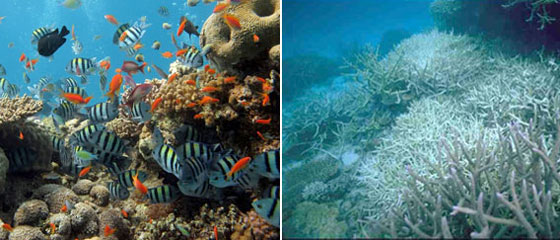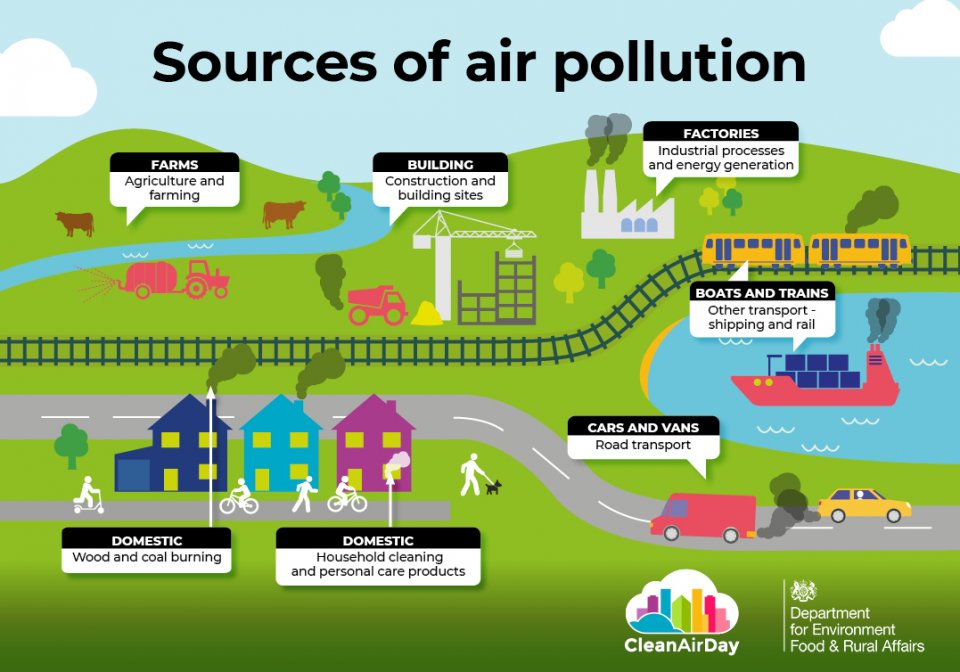Welcome back! As we continue to stay huddled in during this cold and snowy winter, it is never a bad idea to consider some of today’s environmental issues and the implications they have. I’d like to discuss another issue today that you may not have heard of, but that can have critical consequences on vast ecosystems, our economy, and even part of our culture as we know it.
So far, we have discussed climate change in regard to worsening fire seasons, and have also discussed the issue of air quality, something that is indirectly linked with climate change. Both climate change and what industrialization has put into the air has to do with today’s issue – ocean acidification.
Essentially, ocean acidification is mainly caused by the excess amount of carbon dioxide that is being put into the atmosphere. This carbon dioxide reacts with ocean water and causes it to become more acidic. So far, pH levels have dropped by about 0.1, and while that may not sound like much, that actually corresponds to a 30% increase in ocean acidity! This is quite dangerous – humans, of course, can still swim in the oceans, but smaller creatures, particularly ones with shells, are at serious risk. The acidity of the ocean is making it progressively more difficult for shelled creatures (e.g. oysters and coral) to build and maintain their protective shells.
The acidification also affects certain species, such as pteropods, and calcareous plankton, both of which are fundamental to marine ecosystems and food chains. Combine that with increasing ocean temperatures, and you have a recipe for disaster, since many species cannot adapt fast enough to the changing conditions to survive. Resulting declines in populations of these species mean that food chains could possibly collapse as their critical components are removed. While some species, such as certain algae, may actually benefit from higher levels of carbon dioxide and greater acidity, it could potentially be at the cost of a large portion of marine biodiversity.

Figure 1-1. Ocean Acidification and Coral Reefs. Rosemary Sullivant
And, not only are marine food chains affected, but we must not lose sight of the fact that humans also rely heavily on a variety of the affected creatures. The reduction of species, such as oysters, clams, and other shellfish, as well as the alteration of food chains, has vast implications in terms of food sources and the economy. Ocean acidification has already resulted in the loss of millions of dollars in terms of the shellfish industry, which in turn has effects on jobs and revenue. In addition, many of us enjoy a good seafood meal (I know I do), but with increasing ocean acidity, such parts of our culture may become a part of the past.

Figure 1-2. Ocean Acidification and Oysters. Michele Berger/Oregon State University
To ensure that we properly address the issue, we first need to establish a plan for tackling climate change in general, since this issue is so closely related. By cutting carbon dioxide emissions, we can hopefully slow down the acidification process and preserve at least some of the marine biodiversity. After all, the fact that it not only has environmental, but also significant economical and cultural implications, is striking, and points to the need for further attention and discussion on this problem. We need to act now, though – the longer we wait, the more sea creatures we will lose and the impacts on the economy and our culture will only become more apparent!

